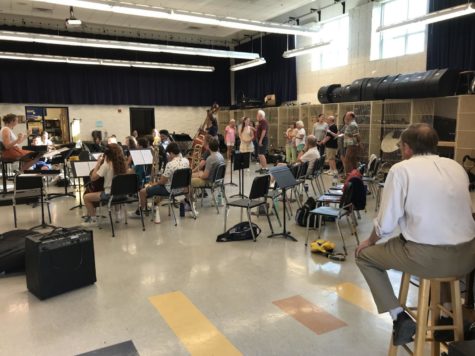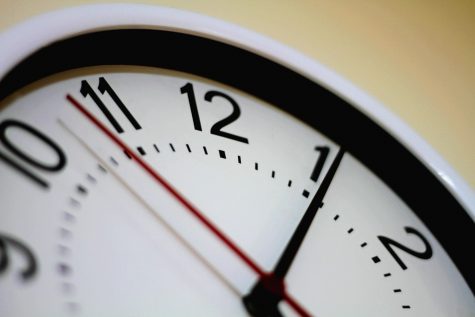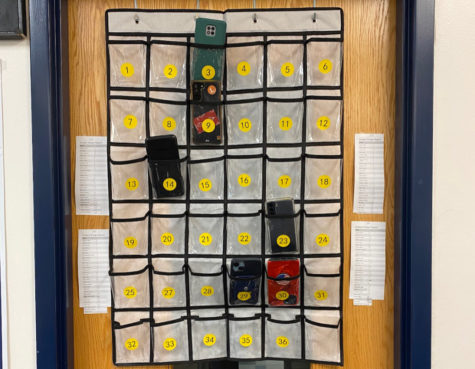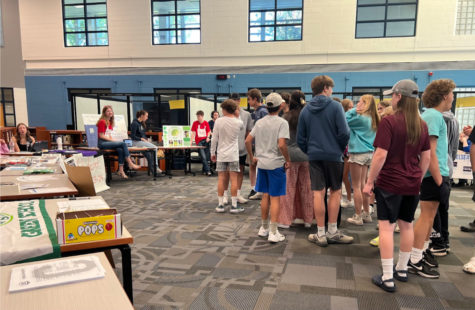Bathroom Pass Trials
Bathroom passes. An invention that all students from every grade and every school dread. The teachers that choose not to use them tend to be adored, while the teachers that do get quite a bit of hate from students because, from the student’s point of view, they simply don’t make sense. But what about the teacher’s side of the story?
“I’ve never used a formal bathroom pass system because I just have students sign out and they seem to manage that pretty well going one at a time,” English teacher Emma Yee said. “However, if a student is using the bathroom so often where they leave every single day and where they are missing class time, generally I might have a conversation with that student about having to limit their bathroom usage.”
Whenever students develop patterns of leaving around a certain time of day or they’re gone for too long, the teachers might talk with the students or place restrictions on bathroom usage.
“Some of the students, when they’re developing bad habits, I have to set limits for them,” Yee continued. “I think they have been understanding and recognize that it’s a reasonable expectation as long as I explain that it’s coming from a place of ‘I don’t want you to miss out on too much content’ whether than ‘I want to control your ability to use the restroom.’”
Platforms like TikTok have started a popular trend where students will get a bathroom pass and pretty much travel across the world with the said pass, never returning. Despite the hilarity of this trend, teachers do their best to nip it in the bud.
“I definitely feel like 5th-hour students tend to leave more than others, whether that’s just because they haven’t had the chance to go because of other teachers’ limitations, or people are just antsy at the end of the day,” Yee said. “I’ve only had to talk to a couple of students about it.”
Yee has never used formal bathroom passes, but English teacher John Zainea has used them in the past, stopping only recently.
“It’s just been a good way to encourage students to be responsible for missing class, and I feel like since it’s something students know there’s a limit on,” Zainea began. “They’ll be more thoughtful about when they need to, versus just to get out of class,”
He stopped during Covid as a response to the need to be flexible for students’ different needs. From then on, it became increasingly difficult to hold students to a single standard.
“There are a few students we’ve had to have that conversation with, but mostly the students have been pretty respectful,” Zainea added. “The students I’ve had to talk to, their general reactions are pretty responsive, especially when we’ve had to have a conversation of where we’re both coming from, it’s a lot easier to get on the same page.”
After all, teachers never want to control students’ bathroom breaks, but rather make sure their learning isn’t being hurt because of frequent trips out of class.

BrieAnne Lingg is a sophomore at CHS, and this is her second year writing for the Bleu Print. Outside of writing in the school paper, she enjoys traveling...










